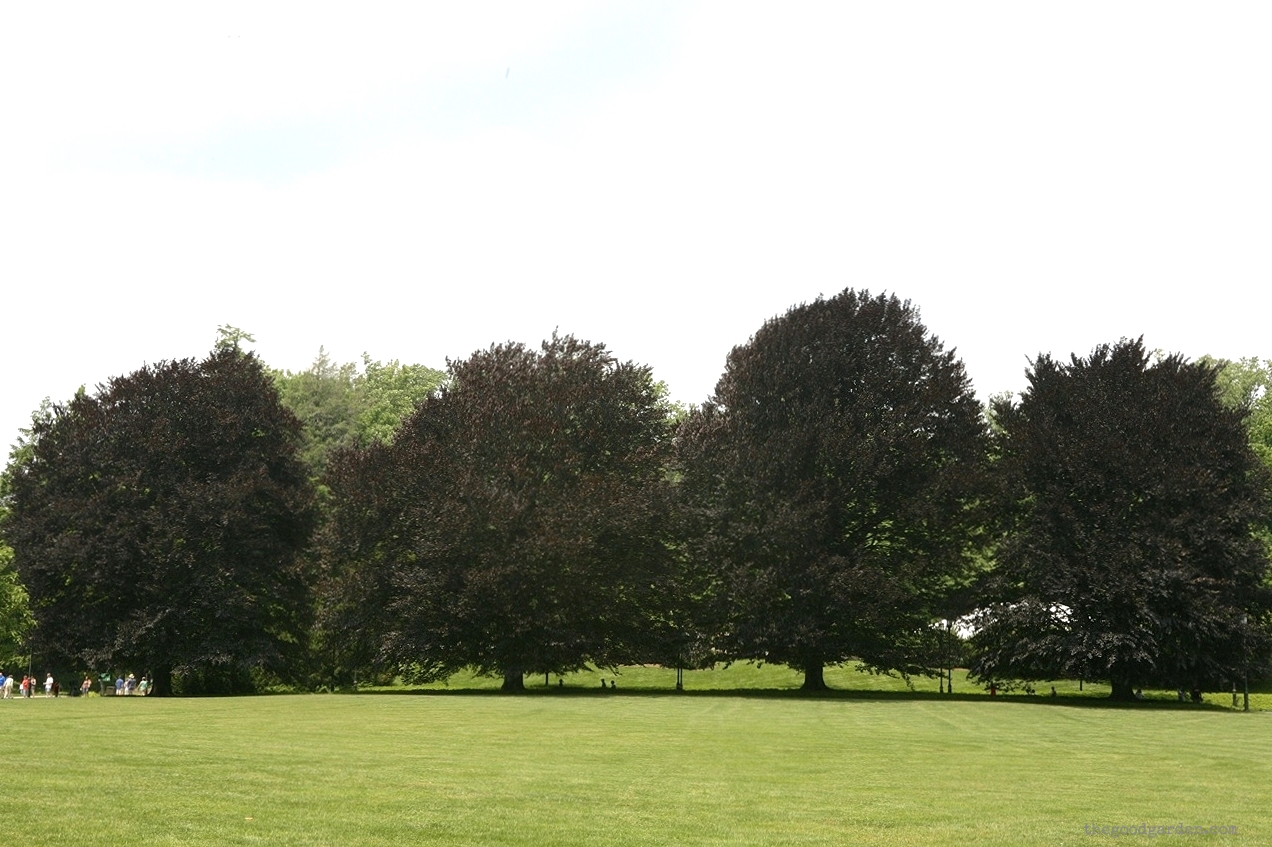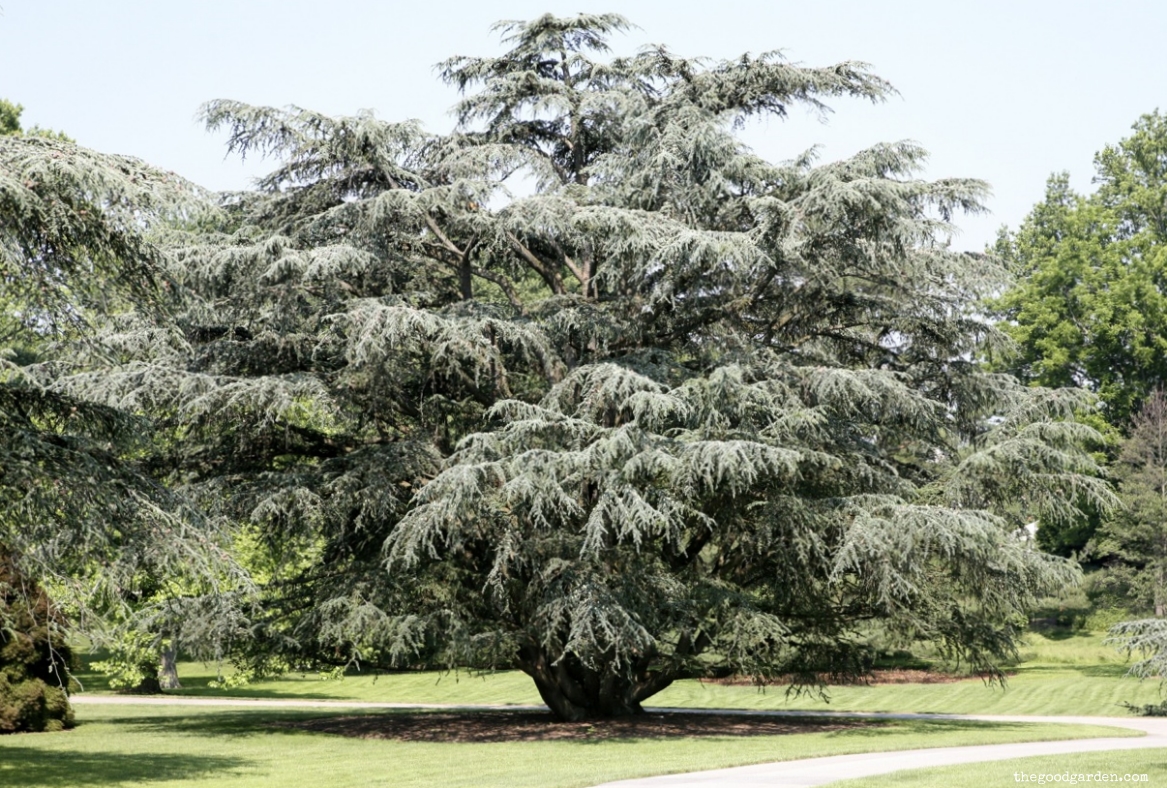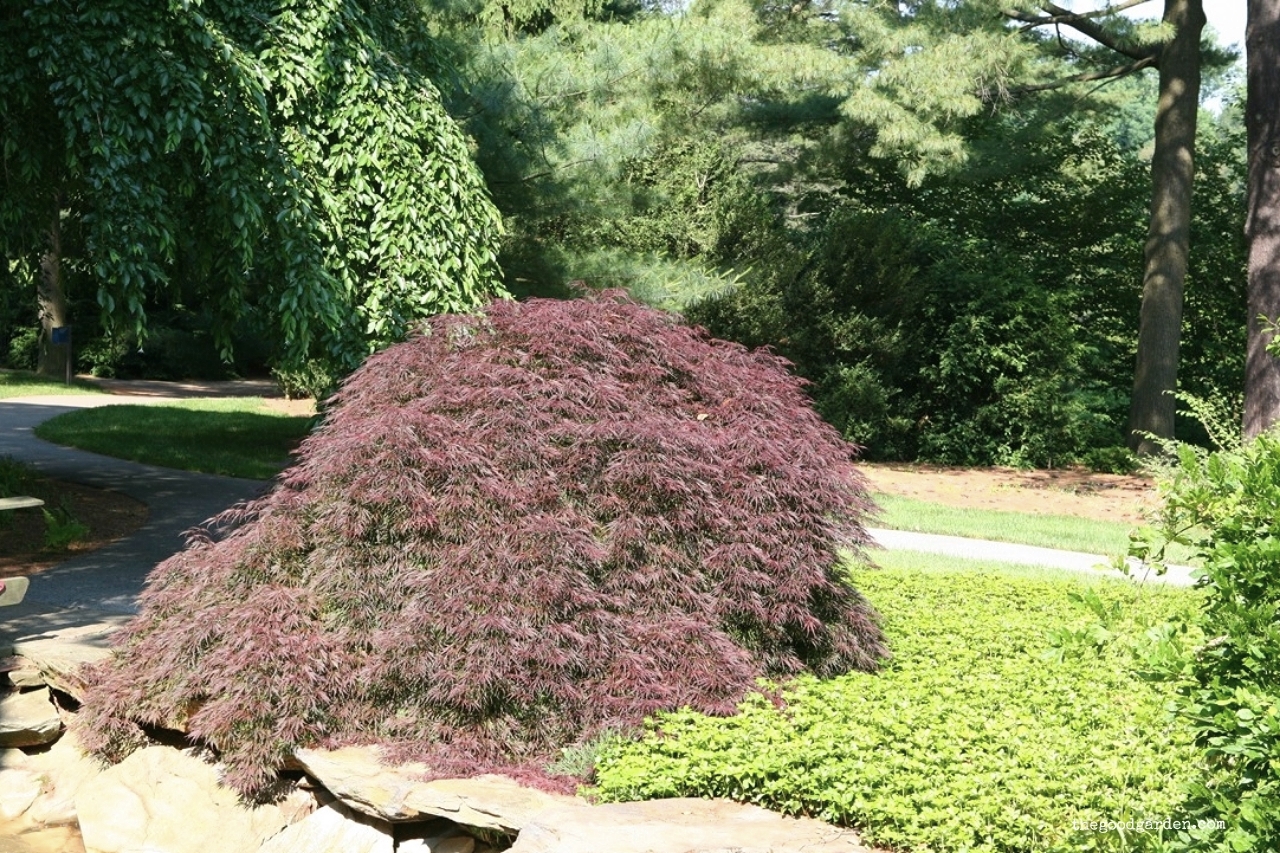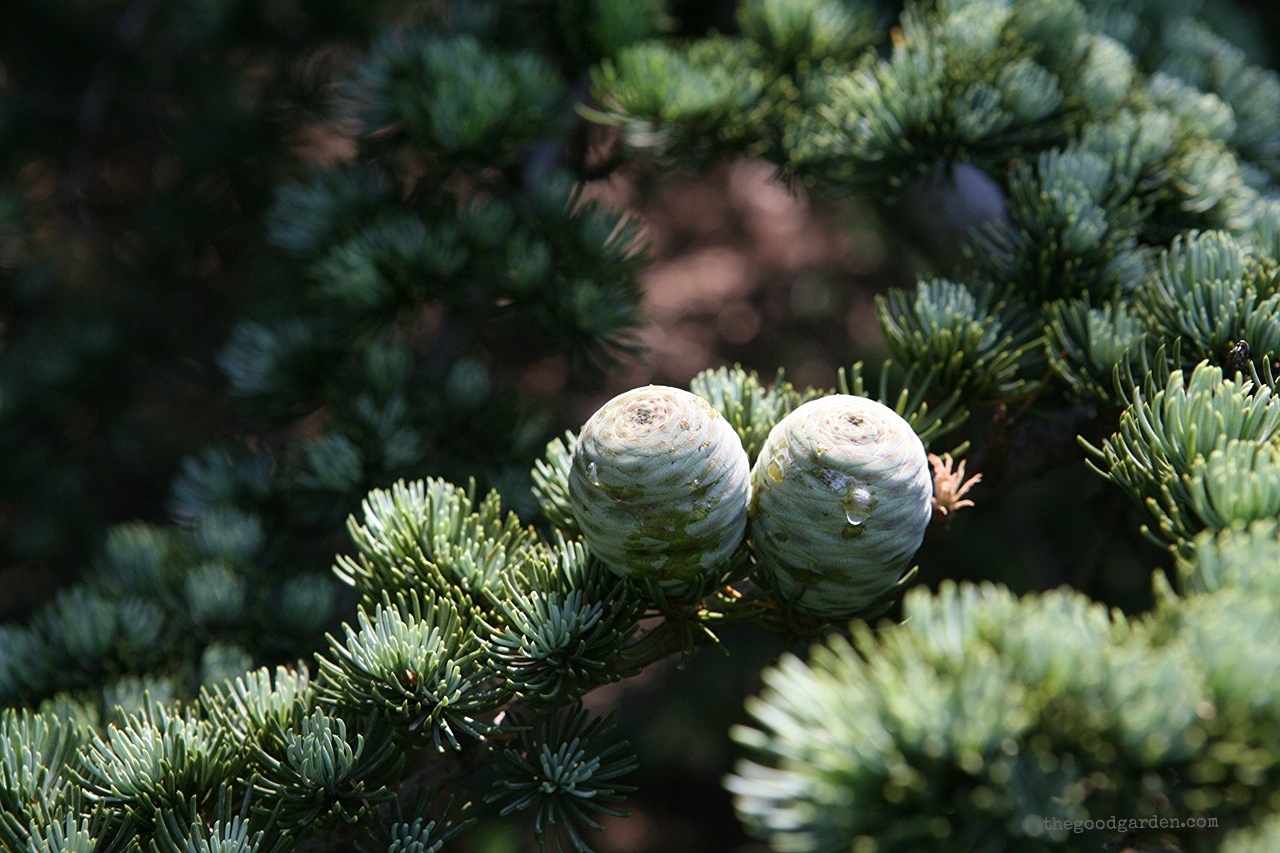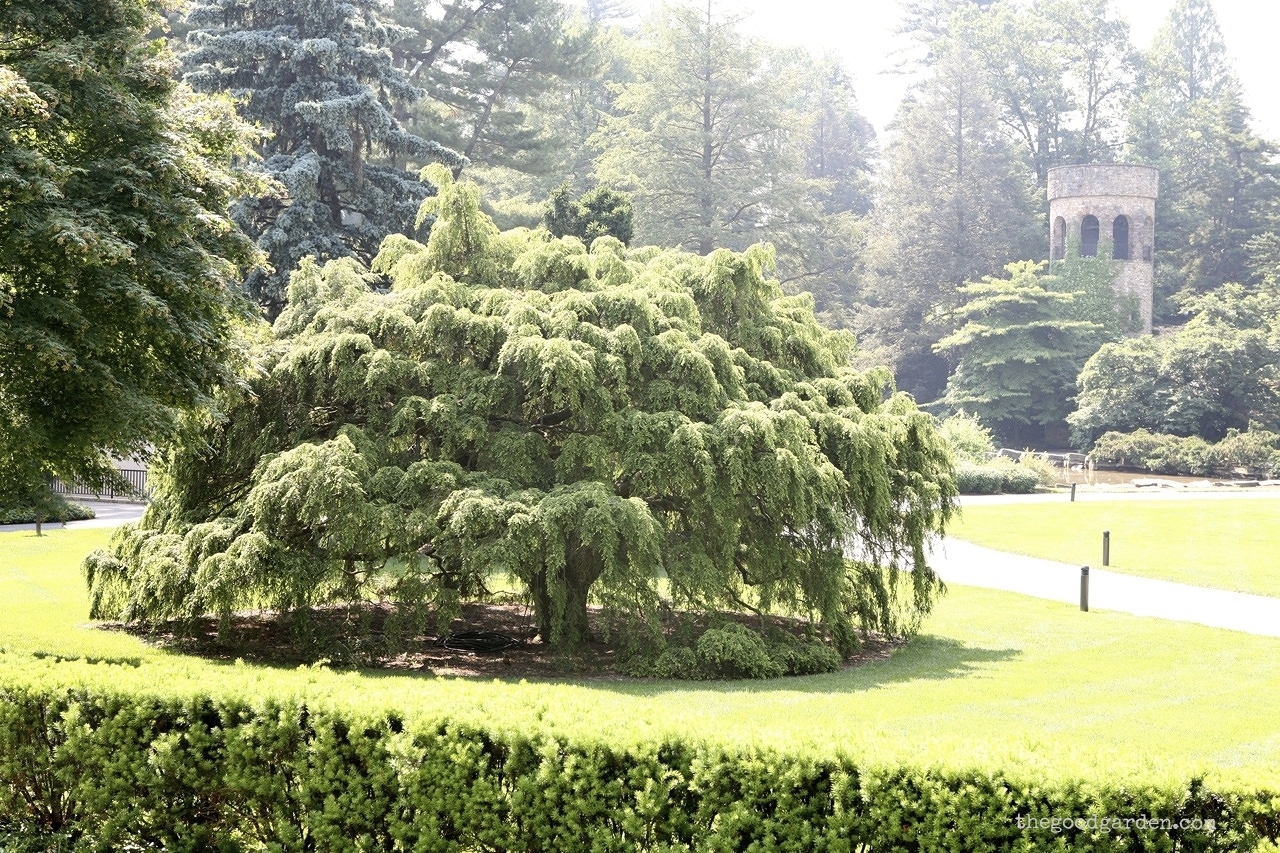John Claudius Loudon. Royal Horticultural Society, Lindley Library.
This month marks the 232nd birthday of John Claudius Loudon, born on April 8, 1783 in Scotland. At 20, he moved to London to become a landscape designer, initially creating picturesque gardens that were popular then. Later, he focused on the selection and display of trees and shrubs in a style that he called gardenesque. John was a prolific garden writer and tailored his work to the growing middle class and the needs of smaller gardens. Through books such as An Encyclopedia of Gardening, Landscape Gardening and Landscape Architecture, and his monthly Gardener’s Magazine, he reached a growing audience. He worked on these with his wife, author Jane Webb. Together, they were the HGTV of their time, demystifing design and providing advice on how to beautify the home.
The scope of their work is exemplified in the full title of The Suburban Gardener, and Villa Companion (1838) which reads, “The choice of a suburban or villa residence, or of a situation on which to form one; the arrangement and furnishing of the house; and the laying out, planting, and general management of the garden grounds; the whole adapted for grounds from one perch to fifty acres and upwards in extent; and intended for the instruction of those who know little of gardening and rural affairs, and more particularly for the use of ladies.” The book was innovative on many levels: it covers all aspects of design and gardening, from chimney styles to caring for soil; it leads with tips for the smaller house and property; and its target was clearly the middle class, especially novices and women.
John’s gardenesque style started as an evolution from the picturesque, where naturalistic groupings were replaced with specimen trees and shrubs: “In order to produce gardenesque effect, the beauty of every individual tree and shrub, as a single object, is to be taken into consideration… in the gardenesque, the beauty of the tree consists in its own individual perfections, which are fully developed in consequence of the isolated manner in which it has been grown.” Over time, the style grew to include geometric beds filled with specimen plants in colorful patterns, especially as exotic annuals became more affordable. In both cases, the design intent is to allow the individual plant to shine.
John moved garden-making beyond the picturesque style where it was sometimes hard to tell if a landscape was a garden or just nature-produced pastoral scene, and educated gardeners to be more thoughtful about plant selection.
Today we see the gardenesque everywhere: from European villas to Disney theme parks. And the specimen cherry tree in front of the suburban house that I grew up in is an example of a gardenesque feature. Botanical gardens and arboretums are great places to see gardenesque style since they usually dedicate a fair bit of space to showing off the individual plant.
For this post, we go to one of the great pleasure gardens in the world, Longwood Gardens. Longwood is actually a series of large, distinct gardens that range from several monumental water features to a wild meadow to a topiary garden to a learning garden. The Oak and Conifer Knoll above captures the spirit of the gardenesque where trees and shrubs are part of an overall composition, yet are placed so that they can reach their full potential and beauty.
Happy birthday John Claudius Loudon and thanks for reminding us of the power of the plant. See more gardenesque examples here.


